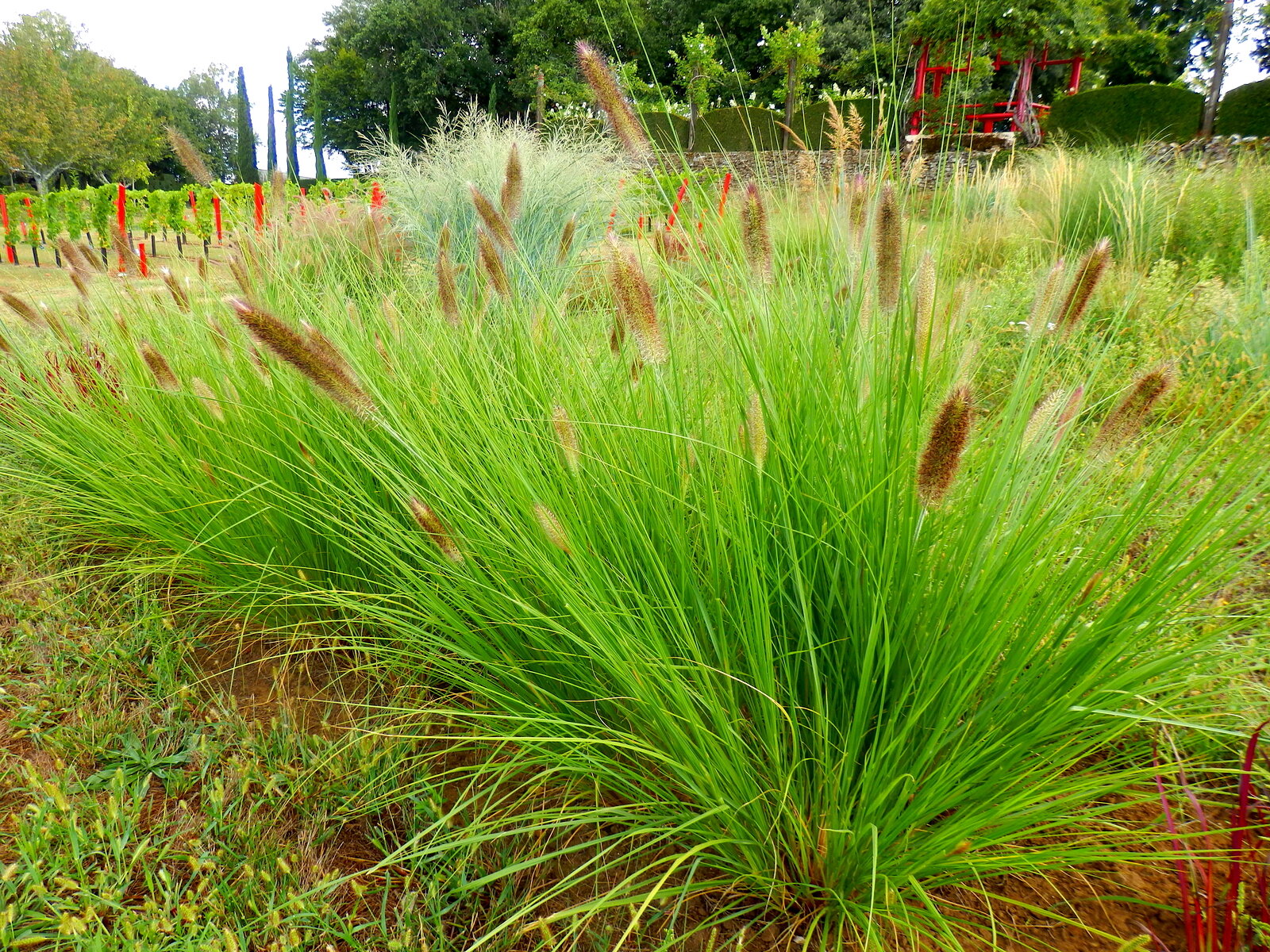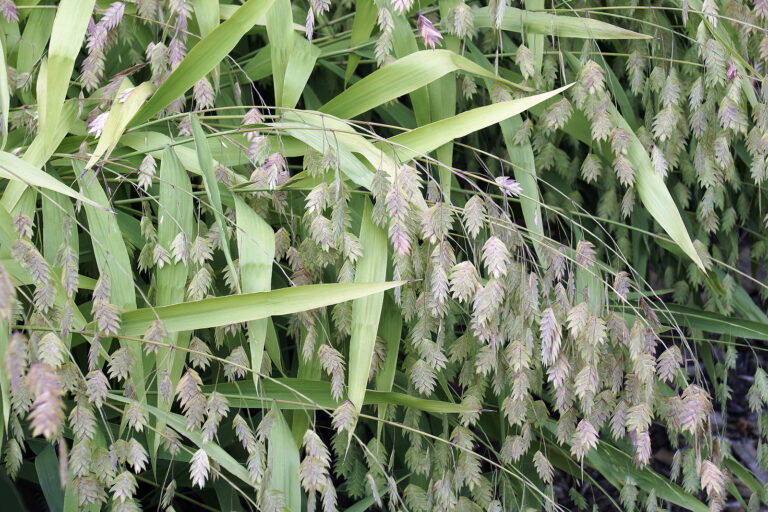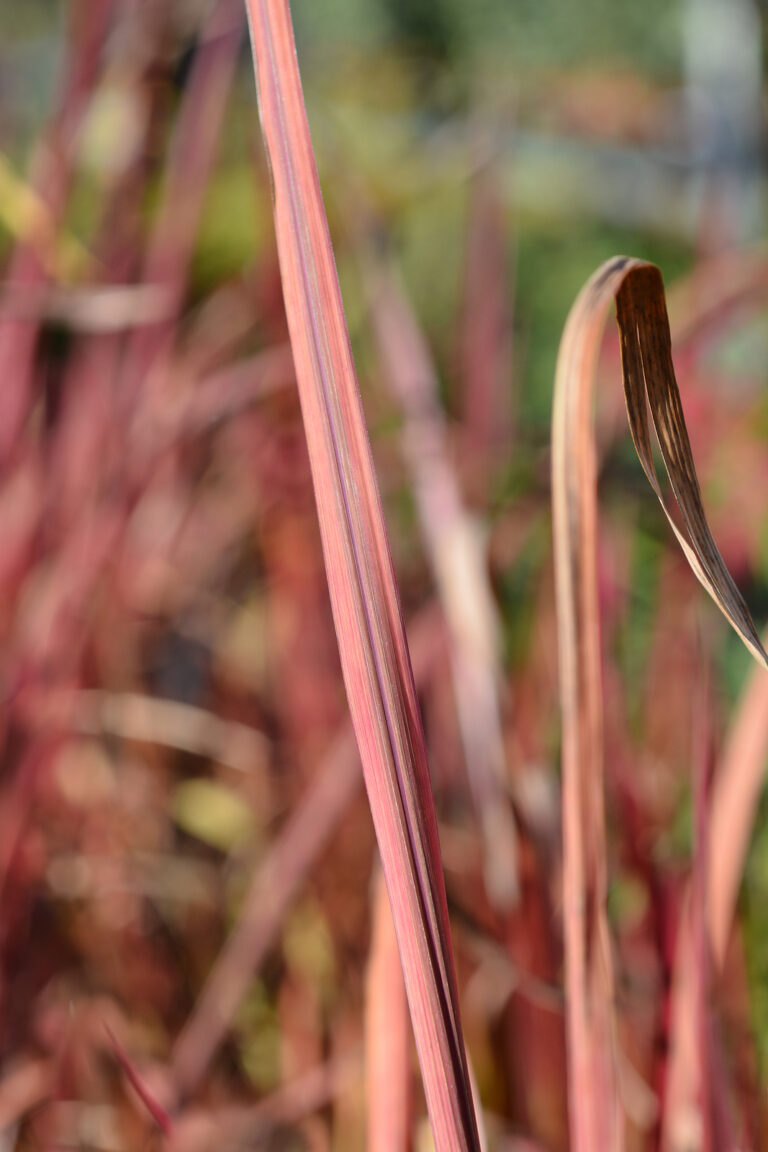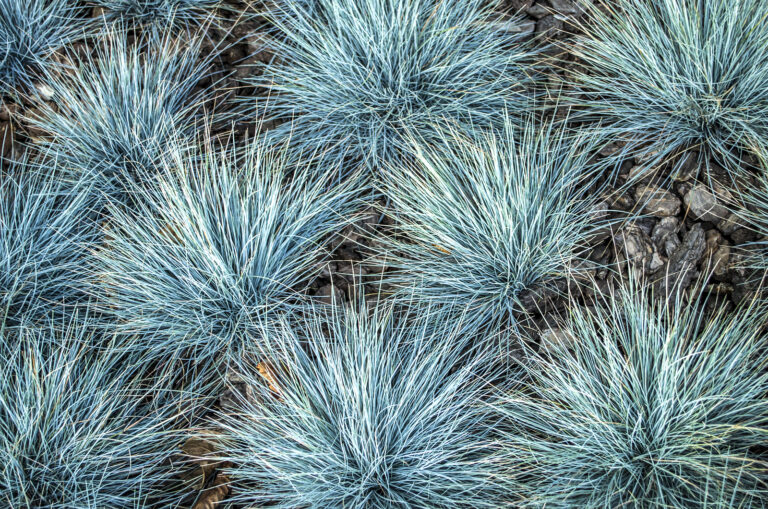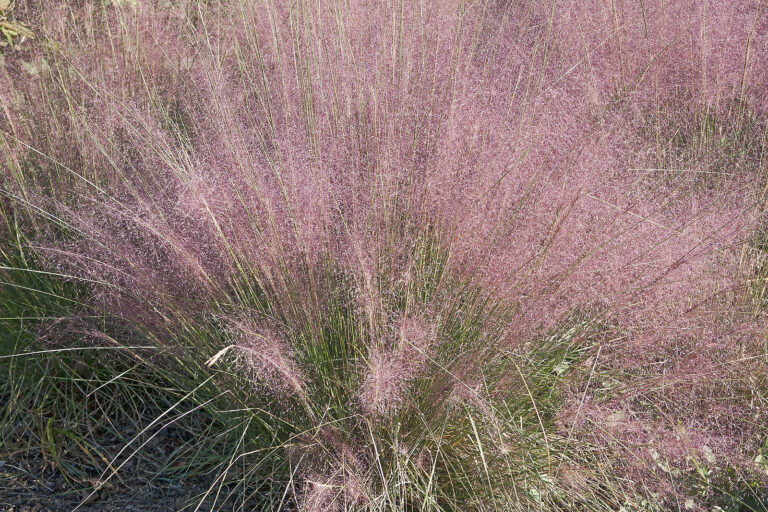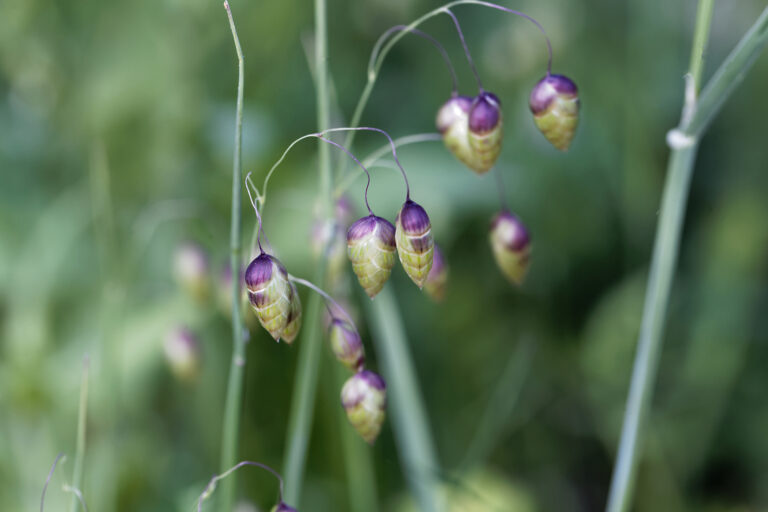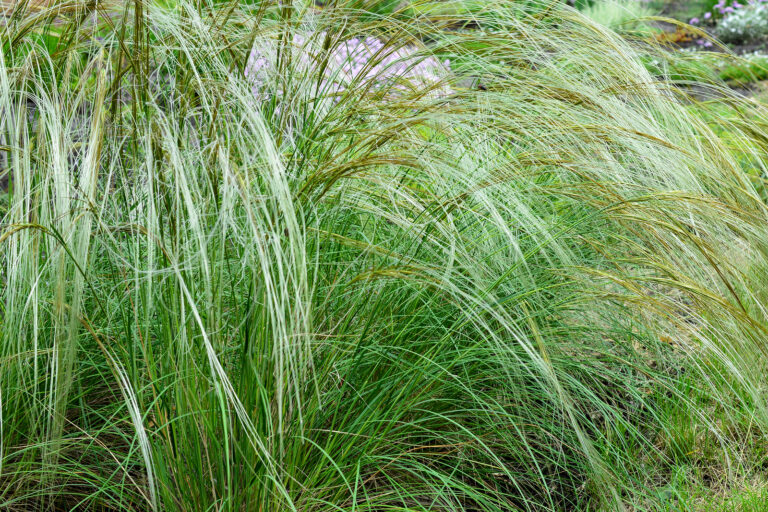How to Grow Fountain Grass – Pennisetum
Pennisetum – commonly called Fountain grass–is a perennial clump-forming grass with arching stems tipped with feathery spike-like flower plumes in summer. Pennisetum is one of the most graceful ornamental grasses.
Pennisetum has linear light to mid-green leaves. Leaves turn yellow in autumn and brown in winter.
Pennisetum can be grown in perennial or shrub borders, as bank or ground cover, and in containers. Some species can readily self-sow and can become invasive in warmer regions.
Pennisetum is a genus of about 120 species of rhizome or stolen clumping annual and perennial grasses. Pennisetum is native to woodland and grassland regions in tropical, subtropical, and warm temperate zones worldwide.
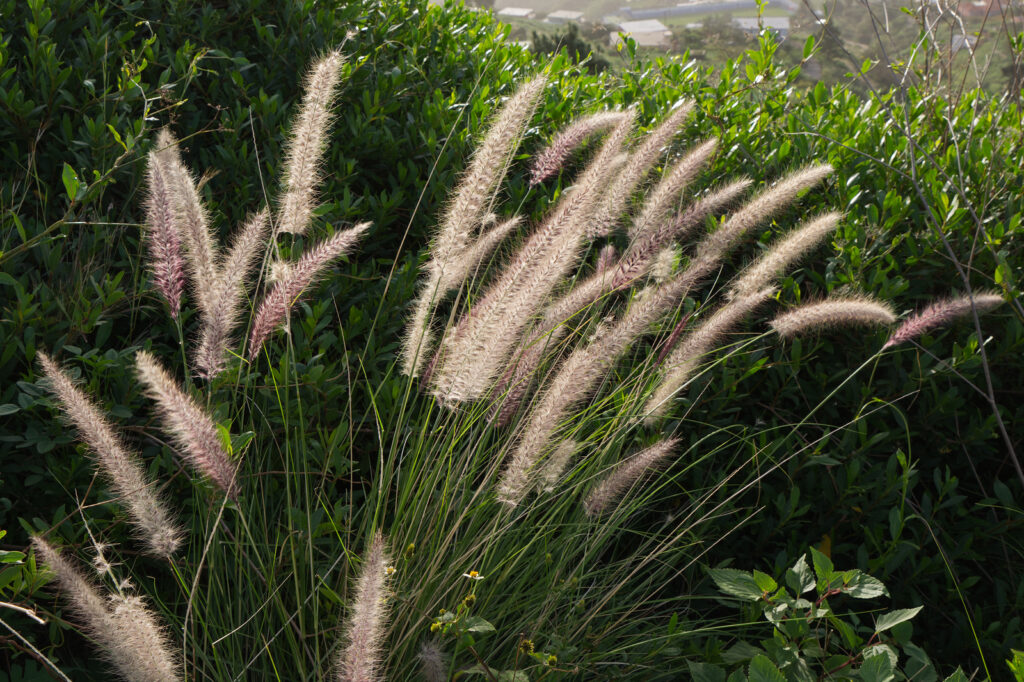
Get to know Pennisetum
- Plant type: Annual and perennial grasses
- Growing zones and range: Zones 5 to 9; to zone 5 with winter protection.
- Hardiness: Hardy to Zone 6
- Height and width: 3-4 feet x 2 feet (1-1.2m x .6m)
- Growth rate: Quick to moderate
- Form and habit: Arching stems form a dense mass
- Foliage: Arching stems with narrow, fine-textured, glossy, linear, green leaves
- Flowers: Feathery, spike-like panicles of clustered, oblong to lance-shaped spikelets
- Fruits: Foxtail-like seed heads
- Bloom time: Summer and autumn
- Uses: Mixed, herbaceous, or annual border, rock garden, perennial or shrub borders, as bank covers
- Garden companions: Black-eyed Susan or other upright perennials
- Common name: Fountain grass
- Botanical name: Pennisetum
- Family name: Poaceae
- Origin: Woodland and savanna in tropical, subtropical, and warm-temperate zones worldwide
Where to plant Pennisetum
- Plant Pennisetum in full sun.
- Plant Pennisetum in preferably light, moderately fertile, well-drained soil.
- Where not hardy, protect with a dry winter mulch.
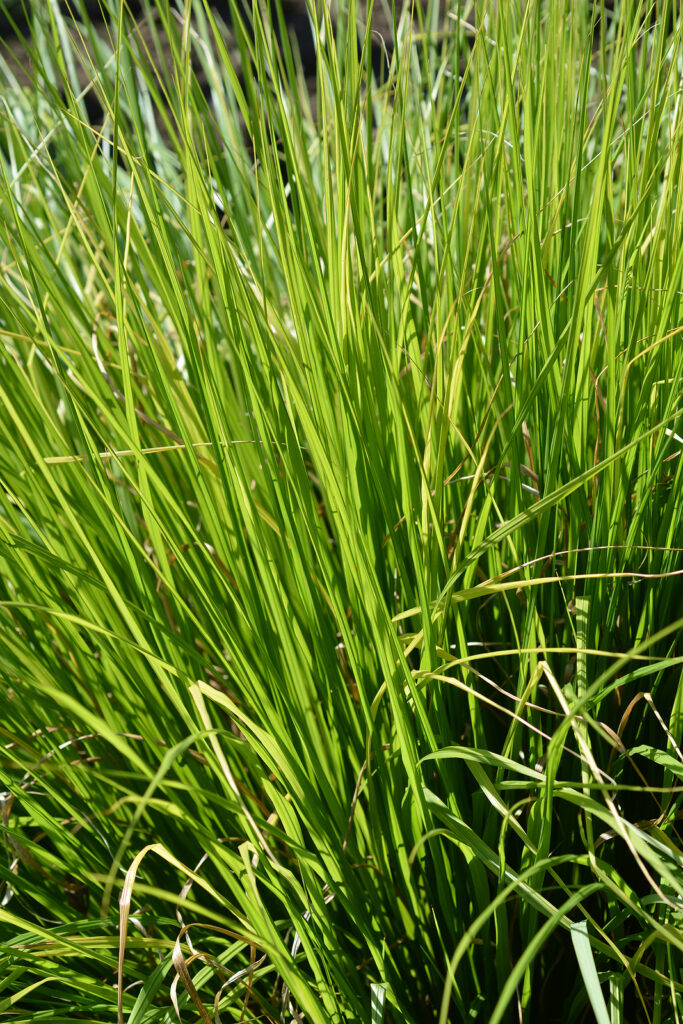
When to plant Pennisetum
- Sow Pennisetum seed at 55-64°F (13-18°C) in early spring.
- Set container-grown Pennisetum in the garden in spring and autumn.
Planting and spacing Pennisetum
- Space Pennisetum 3 feet (1m) apart.
How to water and feed Pennisetum
- Water needs vary by species, but most need to be kept continuously moist.
- Feed Pennisetum with an all-purpose organic fertilizer in spring.
How to care for Pennisetum
- Cut back dead top-growth by early spring.
- Cut back foliage in late winter before growth resumes.
- Pennisetum self-sow prolifically and can easily become invasive; cut off the seed heads of perennials before they begin to shatter in late fall and/or pull up seedlings regularly.
Pennisetum pests and diseases
- Pennisetum can develop rust, eye spot, and other leaf spots.
Pennisetum propagation
- Divide Pennisetum in late spring or early summer.
- Sow seed in warming soil or in a warming cold frame in spring.
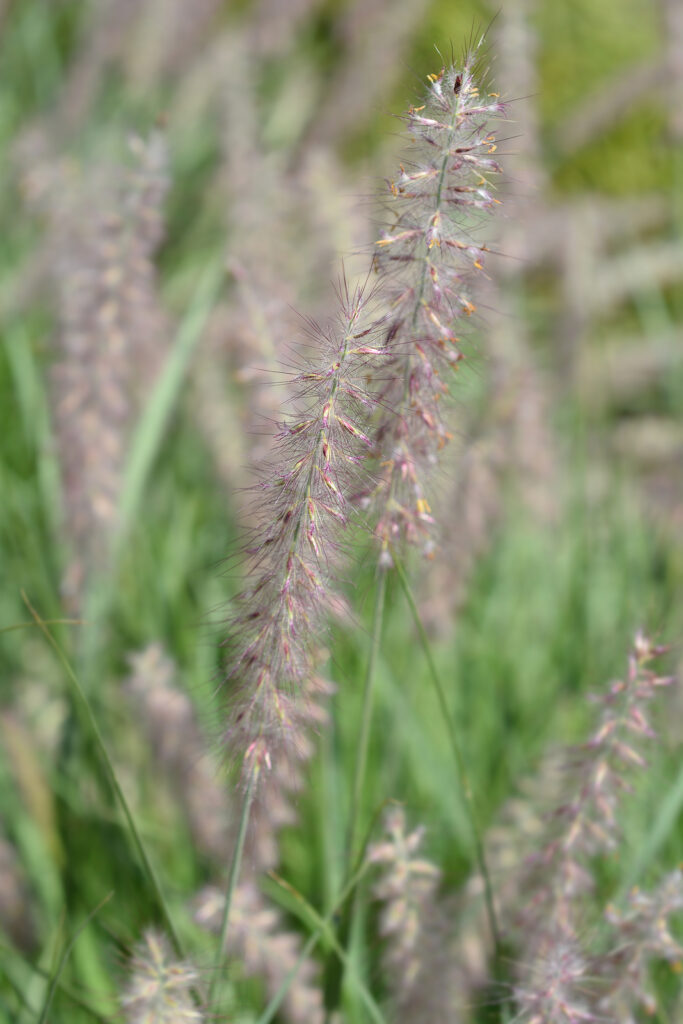
Pennisetum varieties to grow
- Pennisetum alopecuroides, Fountain grass, clump-forming, densely tufted, evergreen perennial grass with flat, linear, pointed, mid- to dark green leaves, 12-24 inches (30-60cm) long. In summer and autumn, bears bristly, yellow-green to dark purple spikelets in cylindrical to narrowly oblong panicles, to 8 inches (20cm) long. To 2-5 feet (.6-1.5m) tall and 2-4 feet (.6-1.2) wide. East Asia to West Australia. Zones 5 to 9; to zone 5 with winter protection.
- P. orientale, mound-forming, densely tufted, deciduous perennial grass with upright or arching, narrowly linear, dark green leaves, to 4 inches (10cm) long. In mid- and late summer, bears softly long-bristled, pink spikelets in long, resembling bottle brushes. To 24 inches (60cm) tall and 30 inches (75cm) wide. Central and southwestern Asia to North India.
- P. setaceum, Fountain grass, mound-forming, densely tufted, deciduous perennial grass, often grown as an annual, with upright, narrowly linear, flat or rolled, rough-textured, mid-green leaves, to 12 inches (30cm) long. From midsummer to early autumn, bears pink spikelets in plumed, long-bristled, upright to nodding, narrow panicles, to 12 inches (30cm) long. To 3 feet (1m) tall and 18 inches (45cm) wide. Tropical Africa, Southwest Asia, Arabian Peninsula.
- P. villosum, Feathertop, loosely tufted, deciduous perennial grass, often grown as an annual, with upright or arching stems bearing flat or folded, narrowly linear, mid-green leaves, to 6 inches (15cm) long, with long hairs just below the flowerheads, In late summer and early autumn, produces cylindrical to almost spherical, plume-like panicles, to 4.5 inches (11cm) long, with soft, feathery pale green or white bristles, becoming purple when mature. To 24 inches (60cm) tall and wide. Mountains of Northeast tropical Africa.

